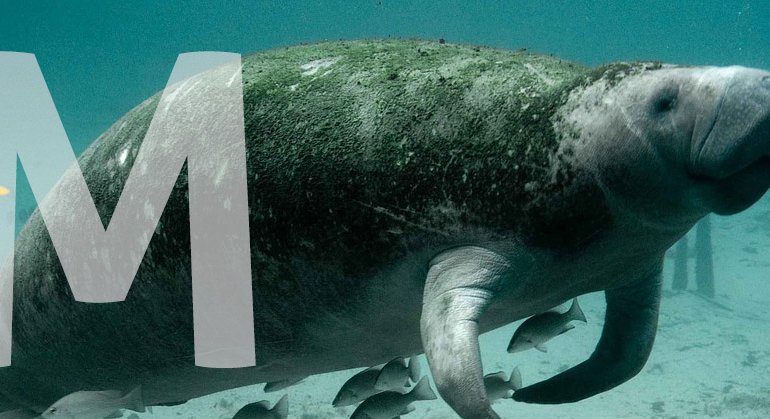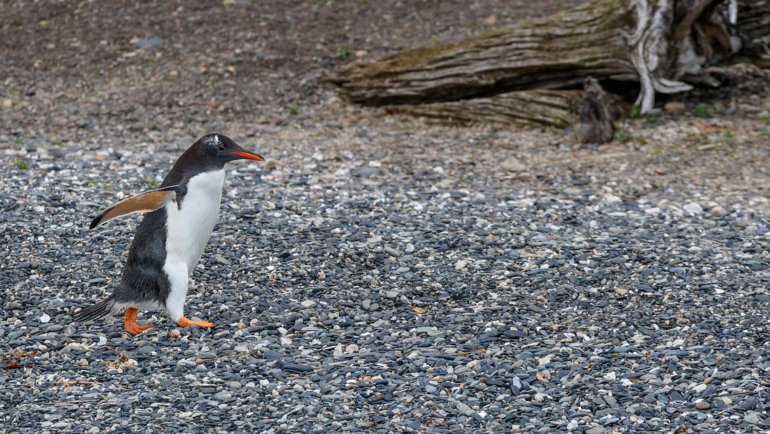Penguins are fascinating creatures known for their incredible swimming abilities and unique adaptation to life in the water. Unlike most birds, penguins cannot fly through the air. Instead, they have evolved to “fly” underwater with remarkable speed and precision. This article explores how penguins developed this extraordinary adaptation and what evolutionary changes enabled them to thrive in aquatic environments.
The Origins of Penguins
Penguins are part of the bird group known as Sphenisciformes, which diverged from flying bird ancestors around 60 million years ago. Fossil evidence suggests that the early ancestors of penguins were capable of flight but gradually adapted to a more aquatic lifestyle as they exploited new ecological niches available after the extinction of the dinosaurs.
The shift from air to water as their primary environment led to significant changes in their anatomy and physiology over millions of years.
Why Did Penguins Lose the Ability to Fly?
The evolution of penguins toward underwater “flight” was driven by several factors:
- Lack of Land-Based Predators: Penguins evolved in regions where there were few terrestrial predators, reducing the necessity for flight as a means of escape.
- Adaptation to Aquatic Hunting: As penguins adapted to hunting fish, krill, and other marine organisms, their wings evolved into flippers better suited for swimming than flying.
- Increased Body Mass: As penguins adapted to life in the water, their bodies became heavier and more streamlined, making flight inefficient and unnecessary.
- Energy Efficiency: Swimming requires less energy than flying when it comes to hunting for food in the water. Evolution favored traits that made penguins better divers and swimmers, even at the cost of losing aerial flight.

How Did Penguins Adapt To Fly Underwater?
Penguins developed a range of physical adaptations that enabled them to “fly” underwater effectively:
- Wing Evolution: Over time, penguins’ wings became shorter, stiffer, and more flipper-like. These modified wings act as powerful paddles that provide propulsion through the water.
- Streamlined Bodies: Penguins evolved torpedo-shaped bodies that reduce drag and allow them to swim with remarkable speed and agility.
- Dense Bones: Unlike most birds, penguins have dense bones that reduce buoyancy and help them stay submerged while diving.
- Powerful Muscles: Penguins possess strong pectoral muscles that enable them to flap their flippers rapidly, mimicking the motion of flying through water.
- Efficient Respiration: Penguins can hold their breath for extended periods, allowing them to dive deep and stay underwater for several minutes.
How Effective Are Penguins at Swimming?
Penguins are some of the most skilled swimmers in the animal kingdom. Depending on the species, they can reach speeds of up to 15 miles per hour (24 km/h) and dive to depths of over 500 meters (1,640 feet). Their ability to maneuver with precision and speed makes them highly effective hunters.
Additionally, penguins have excellent vision underwater, allowing them to spot prey even in low-light conditions. Their streamlined bodies and powerful flippers allow them to pursue fish, krill, and other marine organisms with remarkable efficiency.
Conclusion
Penguins evolved to fly underwater as a result of millions of years of adaptation to their aquatic environment. By sacrificing aerial flight, they gained exceptional swimming abilities that make them highly efficient marine predators. Their unique evolution is a testament to the power of natural selection and the remarkable ways species adapt to survive.





